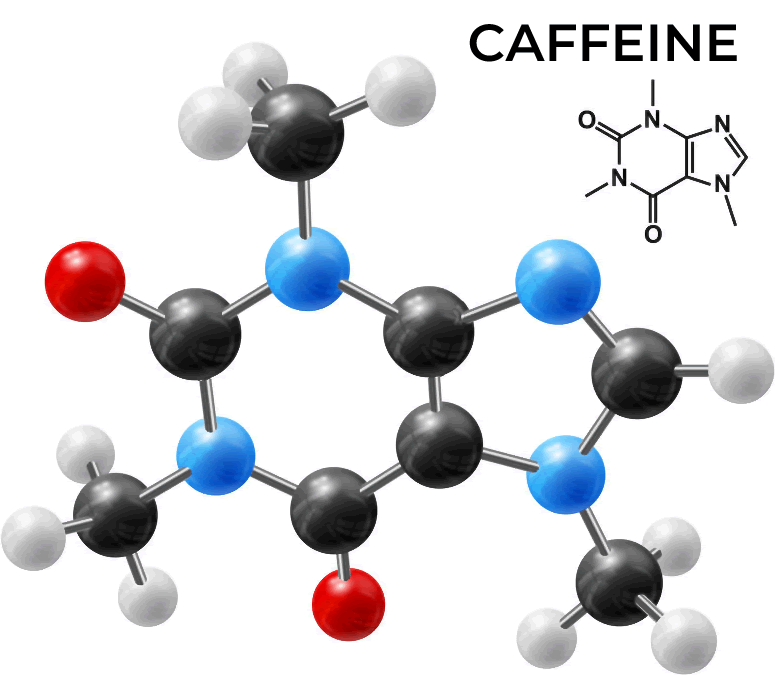First Things First
Decaffeinating coffee is not a perfect process. The USDA only requires coffee to be 97% caffeine-free to be considered decaf. An average non-decaffeinated 12 ounce drip coffee brewed at SCA (Specialty Coffee Association) guidelines will contain 180-235 mg. of caffeine. That means your 12 oz. decaf coffee will contain 5.4-7 mg of caffeine.
Four major methods of commercial decaffeination
Methylene Chloride Decaffeination uses methylene chloride (MC) to remove caffeine. This process is noted for maintaining more of the original flavor of the coffee beans than many other methods. The Food and Drug Administration has determined any potential health risk from MC is essentially non-existent. With an evaporation point of 104º, any trace amounts of the methylene chloride solvent are unlikely to survive roasting.
Ethyl Acetate “Natural” Decaffeination is another solvent-based process similar to methylene chloride. It is labeled "natural" because ethyl acetate does occur in nature in ripening fruit. In practice the quantities available in nature are not economically practical and are chemically synthesized. It also has a low evaporation point and carries the same non-existent health risk.
Swiss Water Decaffeination is a chemical-free water-based process ironically performed in a facility near Vancouver, British Columbia. This method is almost exclusively used for decaffeination of organic coffee. Mountain Water Process decaffeination, provided by Descamex in Mexico, is a similar water-based decaffeination method.
Carbon Dioxide Decaffeination uses CO2 and high pressure to remove the caffeine from the coffee. There are no harmful byproducts of the process and the finished coffee experiences the least amount of “bruising”.
